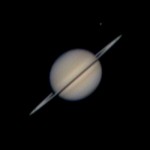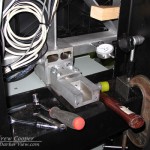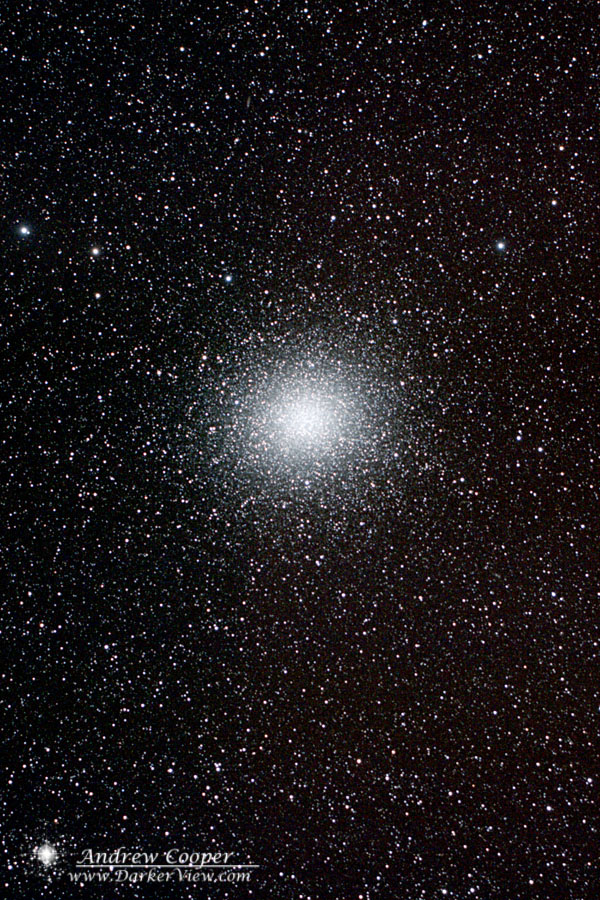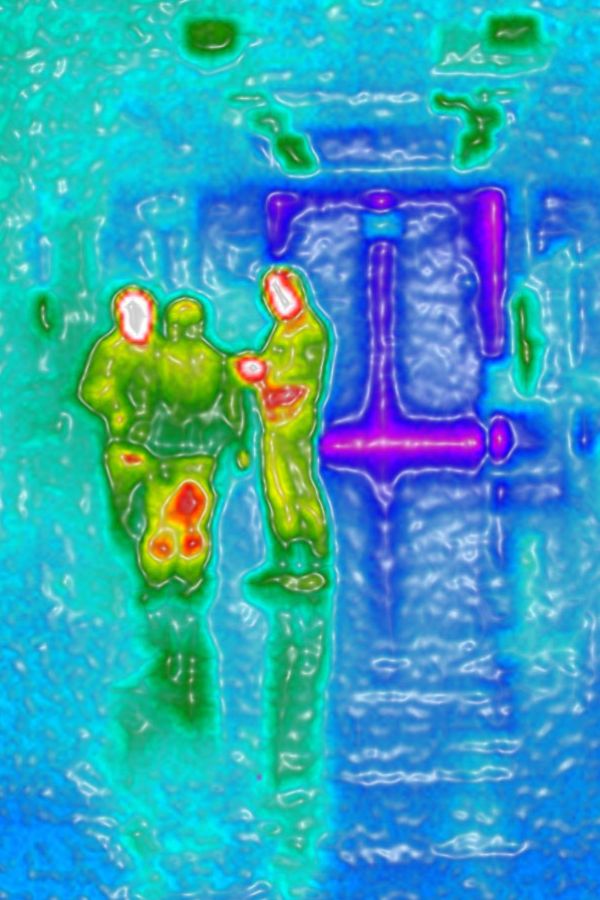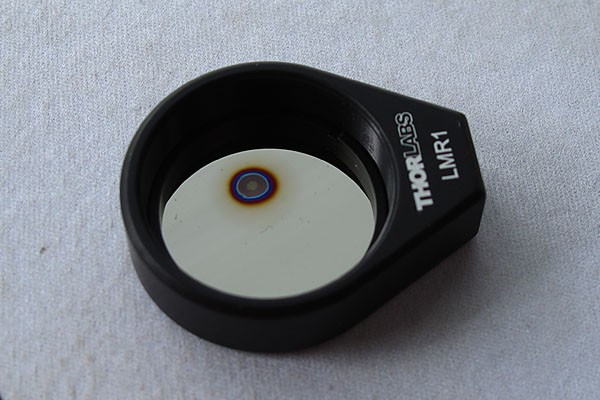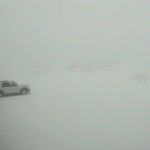Something was wrong… it was not raining.
Four previous times we have attempted to do this, hold a star party for the students of Waikoloa Elementary School. Four times it has been either cloudy, or outright raining. Yes, raining in one of the driest areas of the island, a place that gets, maybe, ten inches of rain each year.
We even had clear skies!
It was a great event, perfect skies, several big telescopes, and hundreds of eager eyes.

They hit us just after 8:00pm, a steady stream of students and parents drawn to see the sky. I would guess that well over two hundred folks came by the star party. The skies in Waikoloa are wonderful for this sort of thing. Nice and dark, with the summer Milky Way glowing brightly overhead. We slewed from globulars to nebulae, to binary stars. Steady lines of folks waiting to look through each telescope. I have never gotten tired of the reaction when someone sees something spectacular through the eyepiece for the first time.
Cliff used his 24″ ‘scope to hunt down the new supernova in M101, visible as a small star like object at the edge of a faint halo. I was wondering which star was actually the supernova. Examining some photos afterwards I realized we were looking at the correct object. It will be interesting to observe this event over the coming week, as a nearby Type 1A supernova it should get quite bright.
My thanks to the guys from WHAC who supported this event. Mr. O, our school contact had everything perfectly arranged, from the flyers, to insuring the lights and sprinklers were off for the night. It was a great event, I expect we will do this again.

